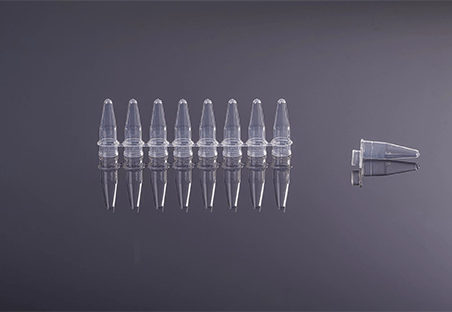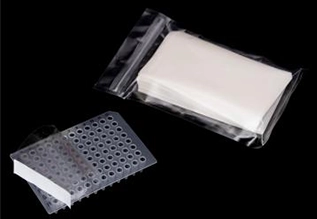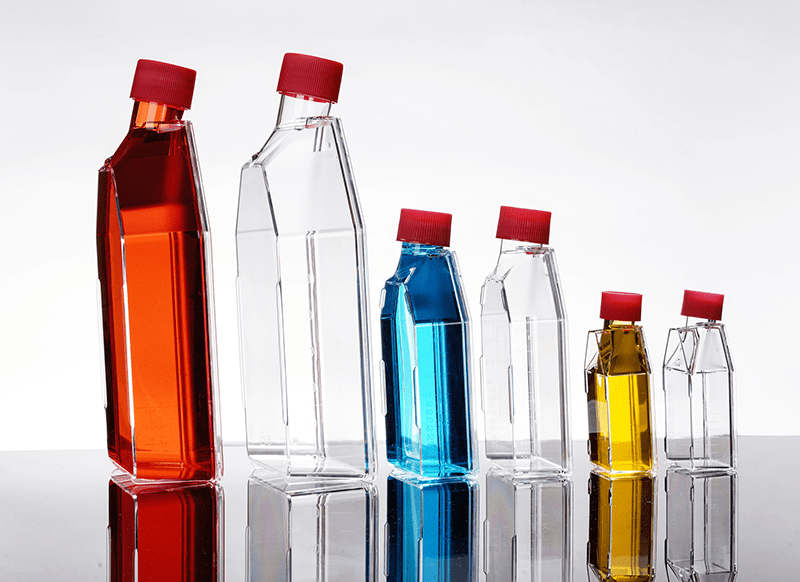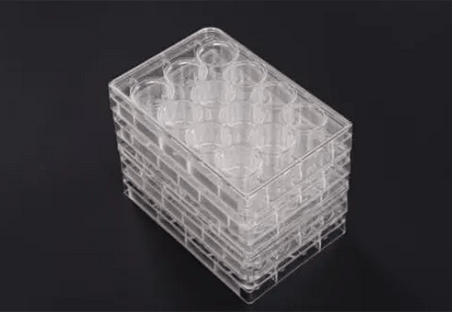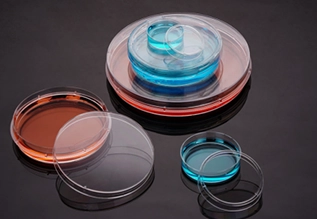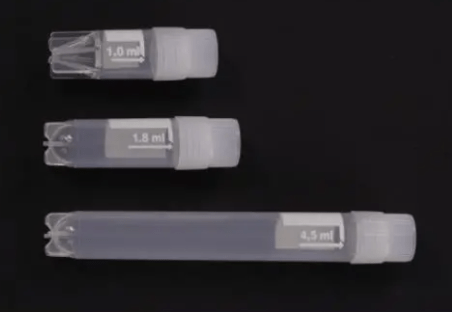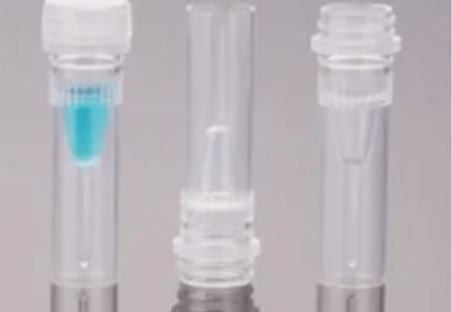A Polymerase Chain Reaction (PCR) experiment’s success is determined by a variety of factors, the most important of which is the selection of PCR tubes and plates. These seemingly simple components are critical for accurate, reproducible, and efficient DNA amplification. Scopelab lists the key considerations for selecting the appropriate PCR tubes and plates, determining compatibility, and ensuring proper sealing. Understanding these critical aspects enables researchers to optimize their PCR workflows and improve the reliability of their results.
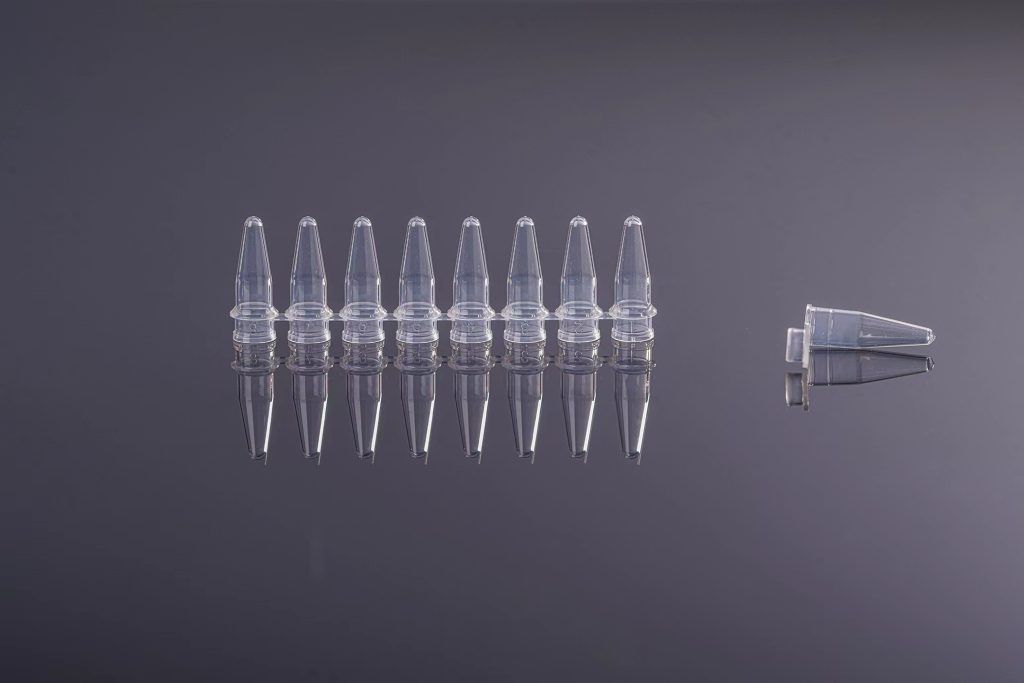
Factors to Consider When Choosing PCR Tubes & Plates
- Experimental Throughput: The size of your experiment will determine which type of PCR vessel you require. Individual PCR tubes are commonly used for low to moderate throughput applications. However, for medium to high throughput experiments, PCR plates are more efficient.
- Volume: Choose vessels that can hold your desired sample volume. Low-volume tubes and plates can improve heat transfer while reducing evaporation.
- Color: While the color of PCR tubes and plates has no direct effect on DNA amplification, white or frosted tubes can reduce fluorescence loss and improve signal-to-noise ratios in quantitative PCR experiments by limiting light transmission.
- Material: Polypropylene is the most common material used in PCR vessels due to its inertness, chemical resistance, and temperature tolerance. Choose high-quality polypropylene made from virgin, non-recycled resin to ensure the accuracy and reproducibility of your results.
- Compatibility: Select PCR vessels that are appropriate for your thermal cycler and real-time PCR instrument. Depending on the instrument brand, specific PCR plate designs may be required to ensure optimal experimental conditions.
- Seal Integrity: Effective sealing is essential for reducing evaporation and cross-contamination. PCR tubes typically include caps, whereas PCR plates may require sealing films or specialized sealing equipment.
- Specific Requirements: If your experiment has specific needs, such as low template concentration PCR or NGS library preparation, use PCR vessels designed for these applications.
Additional Considerations
- Availability: Check with your preferred supplier to ensure that the PCR vessels you’ve chosen are available.
- Batch-to-Batch Consistency: To reduce variability in critical experiments, use PCR vessels from the same batch.
- Cost: The cost of PCR tubes and plates can vary greatly. When making a purchase, consider your budget as well as the frequency with which you experiment.
- Shape: The shape of the PCR vessel can affect heat transfer efficiency and ease of pipetting.
- Sterility: Depending on your application, you may need sterile PCR tubes and plates.
- Optical Properties: For qPCR, the optical properties of the vessel can influence fluorescence detection.
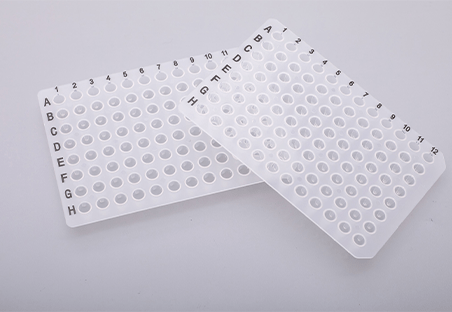
How to Determine PCR Tubes & Plates Compatibility
- Manufacturer Compatibility Guidelines: Refer to the compatibility guidelines provided by the PCR tube and plate manufacturers. These guidelines usually specify which containers can be used together and provide instructions for specific equipment.
- Thermal Cycler Compatibility: Check to see if the PCR tubes and plates you’ve chosen are compatible with your thermal cycler. Some thermal cyclers are intended for specific types of containers, whereas others may be more adaptable. Certain thermal cyclers, for example, can accommodate a variety of container types without the need for additional adapters or racks, whereas others may.
- Experimental Conditions: Consider the temperature, pressure, and chemical reagents utilized in your experiment. Make sure the containers you choose can withstand these conditions without deformation or damage.
- Experimental Design and Purpose: Choose the appropriate containers for your experimental design and objectives. For example, if you need to perform high-throughput screening, you may choose PCR plates. If your experiment requires precise temperature distributions or gradients, specialized PCR tubes or plates with specific characteristics may be required.
- Size and Shape Match: Check that the dimensions of the PCR tubes correspond to the well size of the plate. For example, if you’re using a standard 96-well plate, the outer diameter of your PCR tubes or strips should fit snugly into each well.
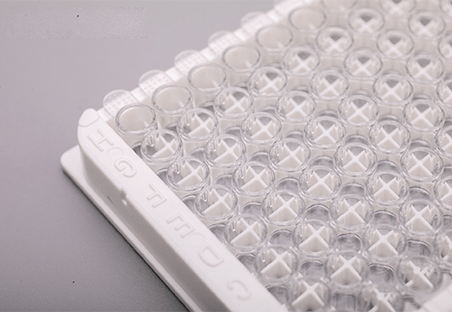
How to Determine if PCR Tubes & Plates are Properly Sealed?
Checking the Seal of PCR Tubes
A manual inspection is typically used to confirm the seal of a PCR tube. To ensure a tight seal, gently press down on the cap to ensure that there are no gaps between it and the tube body and that it is securely fastened. Some caps have special coatings or designs that improve sealing, reducing evaporation and contamination during PCR. In some cases, special capping tools can be used to aid in the installation and inspection of the cap seal.
Checking the Seal of PCR Plates
- Inspect the sealing film or foil for integrity: Make sure the sealing film or foil isn’t torn, punctured, or wrinkled, and that it covers the PCR plate evenly.
- Use a sealing tool: Using a sealing plate or a smooth-edged card (such as a credit card or transit card), firmly press down on the sealing film to ensure that each well is properly sealed. Apply consistent and steady pressure throughout this process.
- Visual inspection: Under bright light, carefully inspect the sealing film or foil for any bubbles or uneven areas, which may indicate an incomplete seal.
- Experimental validation: In some cases, the seal can be confirmed experimentally. For example, you can add a dye to one of the plate’s wells prior to the PCR reaction and then run a heating cycle to see if there is any dye leakage.
Additional Considerations
- Sealing Force: When sealing the plate, use enough force to create a tight seal that does not damage the plate or the sealing film.
- Temperature: The temperature at which the sealing is done can affect the seal’s integrity. For the best sealing results, follow the manufacturer’s recommendations.
- Sealing Time: Allow enough time for the adhesive on the sealing film to cure and form a firm bond.
- Storage Conditions: To maintain seal integrity, keep sealed plates in appropriate storage conditions. Avoid exposing them to extreme heat or humidity.
Note: The procedures and techniques for sealing PCR tubes and plates may differ depending on the equipment and consumables used. The manufacturer’s instructions are always the most accurate and up-to-date source of information.
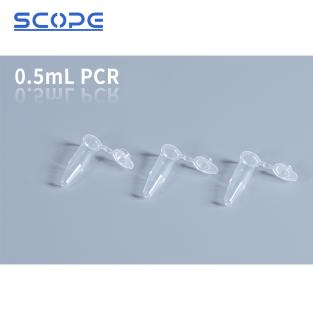
Conclusion
The selection, compatibility, and proper sealing of PCR tubes and plates are critical for achieving optimal PCR performance. Researchers can make informed decisions by carefully considering factors such as experimental throughput, material, color, seal integrity, and thermal cycler compatibility. Furthermore, mastering the methods for determining tube and plate compatibility and ensuring proper sealing is critical for avoiding experimental errors and contamination. Following the guidelines outlined in this article by one of the best professional laboratory consumables suppliers in China Scopelab can significantly improve the success and reproducibility of their PCR experiments.
